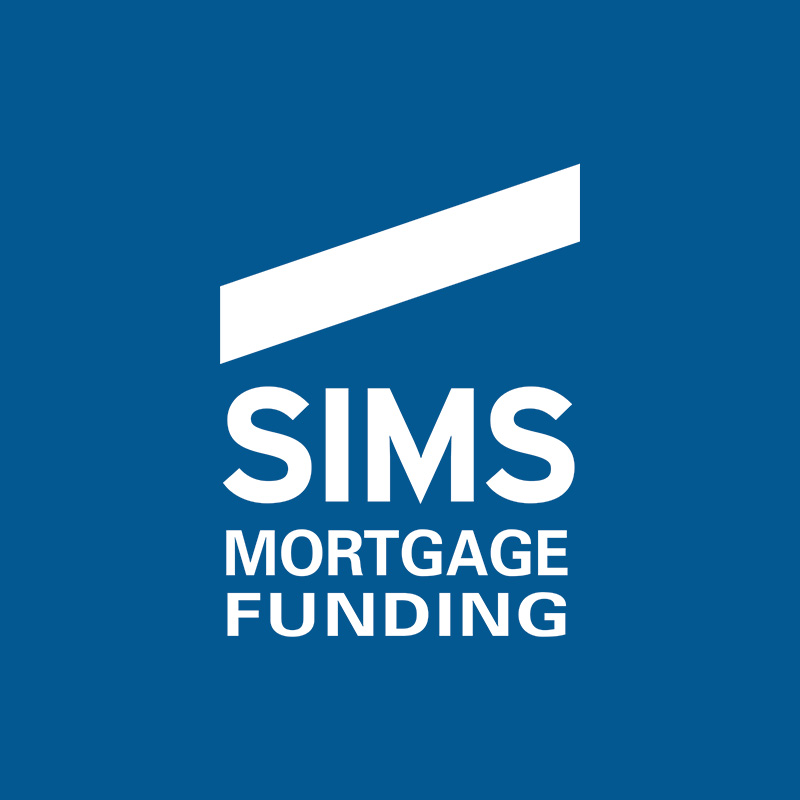Former New York City Mayor Ed Koch used to walk the streets of his city asking the public, “How am I doing?” Had he run into Hall-of-Fame football coach (and New Jersey native) Bill Parcells, the answer would have been, “Mayor, you are what you record says you are!” Let’s keep this hypothetical Q & A in mind as we look at HUD’s performance in the mortgage insurance space through the third quarter of fiscal year 2018, which ended on June 30.
HUD is looking pretty good thus far. Let’s look at their two most popular multifamily programs – Section 221(d)(4) for new construction and substantial rehabilitation and Section 223(f) for the purchase or refinancing of existing projects. Through June 30, 2018, HUD issued 599 Firm Commitments for Mortgage Insurance totaling $10.732 billion for these programs. There were 210 commitments totaling approximately $4.912 billion for Section 221(d)(4) projects and 389 commitments totaling about $5.82 billion for Section 223(f) projects. If this production is annualized through HUD’s final quarter, the dollar volume of commitments under Section 221(d)(4) would total $6.945 billion; and, the Section 223(f) program would be $7.760 billion, for a total of $14.31 billion for Fiscal Year 2018. How does this compare with Fiscal Year 2017? Section 221(d)(4) production through the third quarter of Fiscal Year 2018 already exceeds all of 2017, when HUD issued $4.403 billion in commitments. On an annualized basis, Section 223(f) production for Fiscal Year 2018 is likely to exceed 2017, when HUD issued $7.266 billion in commitments.
Why the increase of commitments for the Section 221(d)(4) program? A growing economy, an expanding labor market, and millennial lifestyle preferences all are fueling demand for new multifamily units. Interest rates for HUD-insured loans remain attractive, and its non-recourse provisions, 40-year loan term and 85% loan-to-cost ratio are welcome alternatives to commercial financing, which, in some regions, is becoming less available for new construction. Section 223(f) financing also remains a valuable source of long-term (up to 35 years) capital that is an excellent take-out of short-term bridge debt, or “mini-perm” construction financing.
Where is HUD conducting most of its multifamily business? It depends on the program. HUD is divided into five regions. The Southeast and Southwest Regions led the pack through June 30th with 59 and 57 Section 221(d)(4) commitments respectively; the Midwest Region is running third with 44 Section 221(d)(4) commitments. For the Section 223(f) program, the Northeast Region was in the lead through the third quarter with 88 commitments; the Southeast and Midwest Regions were running neck-and-neck for second place with 83 and 81 commitments respectively.
The HUD LEAN program for healthcare facilities keeps its statistics differently than its multifamily colleagues. Through the third quarter of Fiscal Year 2018, LEAN had issued 239 Firm Commitments, with the Section 232/223(f) refinancing program by far the most popular, with 221 commitments. If LEAN production to date is annualized, they are on track to issue 319 Firm Commitments, which would be slightly above their 2017 performance, when they issued 315 commitments for a total of $3.743 billion. We are doing our part to have LEAN exceed its 2017 performance – in the last quarter of Fiscal Year 2018, we obtained 4 Section 232/223(f) Firm Commitments totaling $54.5 million for projects in Virginia, Florida and Hawaii.
Stay tuned to this space to see how strong a finish HUD has for Fiscal Year 2018!

